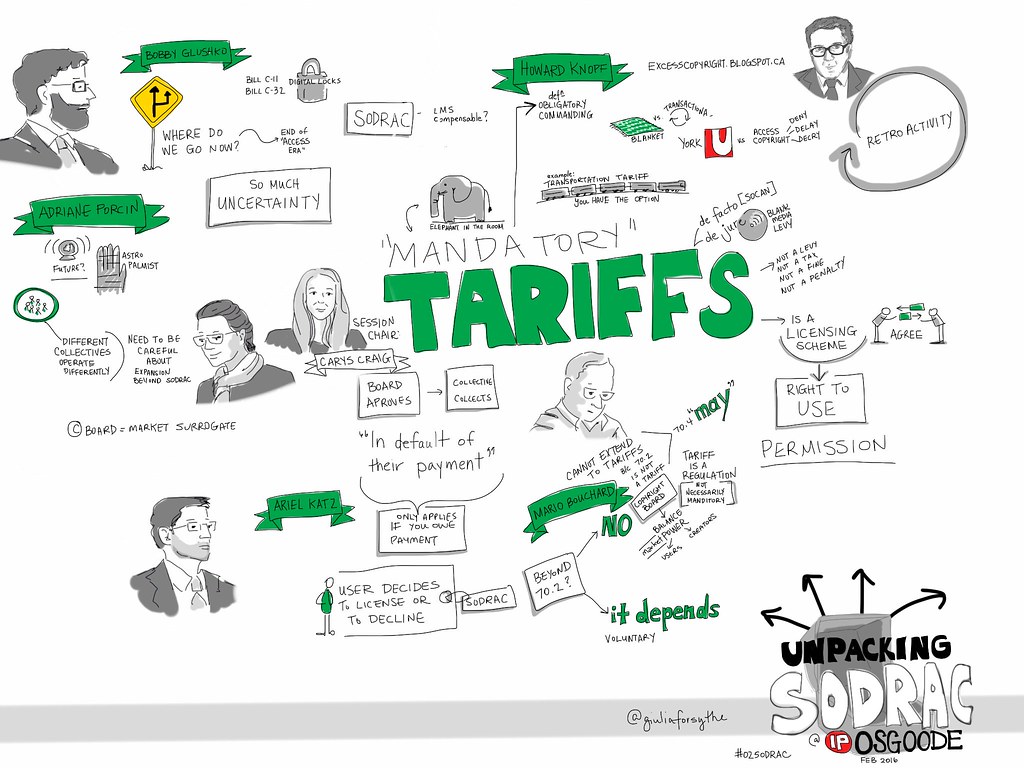Key Takeaways:
- A federal court has blocked Trump’s use of emergency powers to impose tariffs on imports.
- The court ruled Trump exceeded his authority under the International Emergency Economic Powers Act (IEEPA).
- The tariffs were part of Trump’s “Liberation Day” plan to level the playing field on global trade.
- The U.S. and China are already in a tariff war, with the U.S. imposing a 145% tariff on Chinese goods.
- The Trump administration plans to appeal the ruling.
Court Delivers Blow to Trump’s Tariff Strategy
In a major setback for former President Donald Trump, a federal court has struck down his use of emergency powers to impose tariffs on imports. The decision, handed down by the New York-based Court of International Trade, marks a significant legal defeat for Trump’s trade policies.
The court ruled that the International Emergency Economic Powers Act (IEEPA), a 1977 law, does not give the president the authority to impose the tariffs Trump introduced. The tariffs were part of a broader strategy to retaliate against countries with higher tariffs on U.S. goods.
What Happened?
In April, Trump declared a national emergency to impose tariffs on countries that had higher tariffs on U.S. products. The goal, Trump said, was to bring back America’s wealth by setting a baseline tariff of 10%. Countries like China faced even higher rates.
But the court disagreed with Trump’s interpretation of the law. It said the tariffs Trump imposed—known as the Worldwide, Retaliatory, and Trafficking Tariff Orders—went beyond what the IEEPA allows. The judges noted that the law does not permit the kind of broad, retaliatory tariffs Trump had enacted.
“The Worldwide and Retaliatory Tariff Orders exceed any authority granted to the President by IEEPA to regulate importation by means of tariffs,” the ruling stated.
The decision also criticized the Trafficking Tariffs, saying they failed to address the specific threats outlined in Trump’s orders.
What’s Next?
The ruling is a big win for the plaintiffs, who argued that Trump overstepped his authority. The court’s decision means the tariffs will be vacated, and their enforcement will be permanently blocked.
However, the Trump administration has already filed a notice of appeal, signaling its intention to fight the ruling. The Department of Justice had previously argued that the lawsuits against the tariffs should be dismissed, claiming the plaintiffs were not directly harmed by the measures.
The Broader Impact
Trump’s tariff announcement, which he called “Liberation Day,” sparked a wave of legal challenges. The decision comes at a time when the U.S. is already embroiled in a tariff war with China.
Since Trump’s announcement, the U.S. has imposed a 145% tariff on Chinese goods, escalating tensions between the two countries. Meanwhile, U.S. Treasury Secretary Scott Bessent has been in talks with China and other nations to negotiate new trade deals.
The court’s ruling could have far-reaching implications for future presidents’ ability to use emergency powers for economic policies. It also highlights the ongoing debate over trade balances and the tools presidents can use to address them.
A Closer Look at the Tariffs
At the heart of the dispute are the tariffs Trump imposed under the IEEPA. The law allows presidents to declare national emergencies and take economic actions in response to specific threats. But the court found that Trump’s tariffs did not meet the legal requirements for such actions.
The judges emphasized that the IEEPA requires “narrowly tailored relief” to address specific threats. Trump’s tariffs, they said, were too broad and did not align with the law’s intent.
What Does This Mean for Trade?
The ruling could slow down Trump’s efforts to reset global trade balances. The tariffs were part of a larger strategy to penalize countries with higher tariffs on U.S. goods. But the court’s decision suggests that Trump’s approach was not legal.
For now, the tariffs are off the table, giving other countries a temporary reprieve. However, the ongoing trade tensions with China and other nations show that the U.S. is still committed to renegotiating its trade relationships.
The Road Ahead
The court’s decision is a reminder of the legal limits on presidential power, even in matters of trade and national security. While Trump’s administration is appealing the ruling, the outcome could set a precedent for future presidents.
As the U.S. continues to navigate complex trade relationships, one thing is clear: The courts will play a crucial role in shaping the country’s economic policies.
For now, the “Liberation Day” tariffs are on hold, but the battle over trade and tariffs is far from over.

